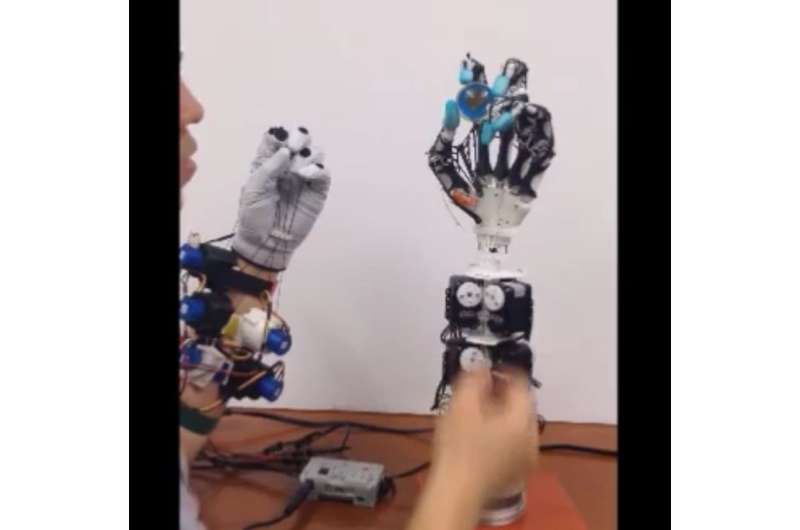If something feels sticky, we flex our hand by instinct, we move second, third, fourth fingers at will without a second thought, we cross one finger over the other as if to make a wish; we touch finger to thumb to make a circle. We do all these things without much thought, as what could be easier than moving our hands? For scientists in robotics, that is a vexing reminder of the differences between humans and machines.
For roboticists, each fingertip is a kind of workspace, each task calling for a machine made hand to pick something up, and it is a sometimes disappointing challenge; the experts have many experiences trying to replicate the human hand with all its functionalities with their designs.
It's one step up to make something that looks like a human hand; quite another step up to engineer a robot hand that imitates a human hand in operation.
Adam Conner-Simons wrote last year: "Rigid limbs and digits make it difficult for them to grasp, hold, and manipulate a range of everyday objects without dropping or crushing them."
MIT News quoted Daniela Rus, CSAIL Director, who talked about it more: "Robots are often limited in what they can do because of how hard it is to interact with objects of different sizes and materials. Grasping is an important step in being able to do useful tasks..."
Her team meanwhile set out to develop soft hands and the supporting control and planning systems that can enable dynamic grasping.
Over at the University of Washington, robotic hand difficulty did not deter two researchers from a focus on the biomechanics of the human hand, and their seeing how far they could reach in improving dexterity with their design.
They said they reinterpreted the important biomechanical advantages of the human hand from a roboticist's perspective. They designed a biomimetic robotic hand that closely mimics its human counterpart with all the finer details—artificial joint capsules, crocheted ligaments and tendons, laser-cut extensor hood, and elastic pulley mechanisms.
They wrote a paper on their work, "Design of a Highly Biomimetic Anthropomorphic Robotic Hand towards Artificial Limb Regeneration," by Zhe Xu and Emanuel Todorov.
Jamie Condliffe in Gizmodo talked about their hand as "a 3D-printed version of all the bones in a hand created by laser-scanning an actual human being. Those complex pieces are held together with a series of artificial ligaments, replicated by high strength Spectra strings, with laser-cut latex sheets to replicate the soft tissue which makes your joints nicely compliant."
The muscles, said IEEE Spectrum's Evan Ackerman, are made up of "an array of 10 Dynamixel servos, whose cable routing closely mimics the carpal tunnel of a human hand."
The video on Vimeo shows the robotic hand in action.
The video is impressive proof that a robotic hand can accomplish the tough grasping tasks involved with objects of different shapes and sizes. It does well with such items as a small ball, a disk, roll of tape, pen and keychain. One can see why Gizmodo called this an "insanely detailed" robotic hand. Condliffe said it was "one of the most accurate mechanical devices modeled on the human body that we've ever seen." Ackerman of IEEE Spectrum was as enthusiastic. He called their work "an extraordinarily beautiful piece of craftsmanship."
Their anthropomorphic design could be of value in robotics studies but also in biology fields. The two researchers stated that "A wide range of research areas, from telemanipulation in robotics to limb regeneration in tissue engineering, could benefit from an anthropomorphic robotic hand that mimics the salient features of the human hand."
More information: homes.cs.washington.edu/~todor … /papers/XuICRA16.pdf
© 2016 Tech Xplore






















